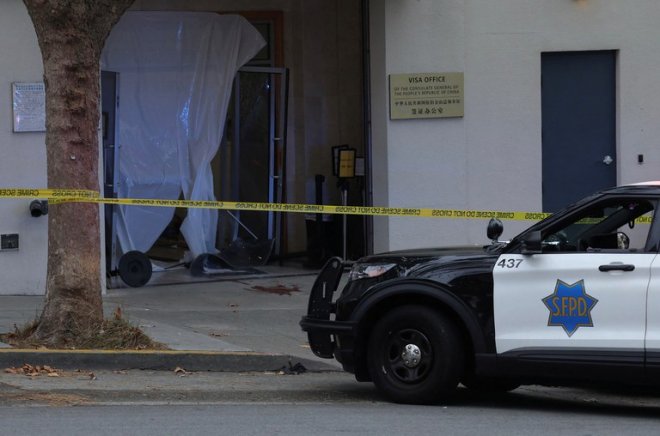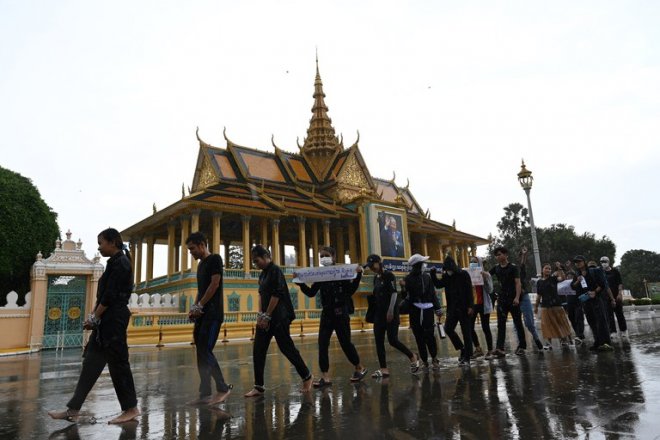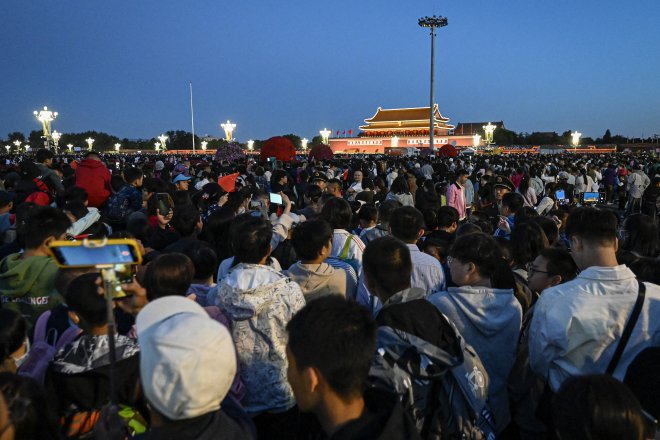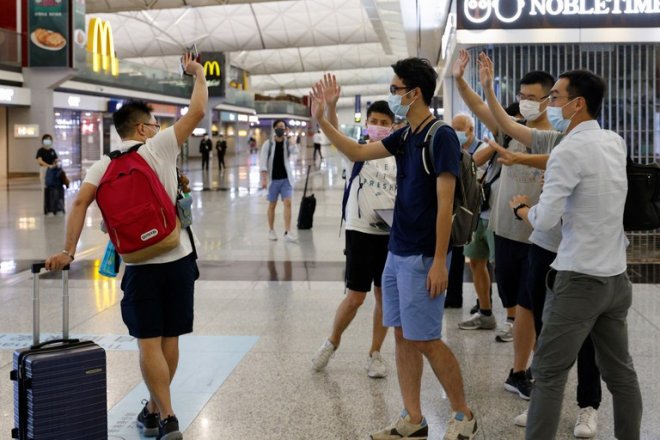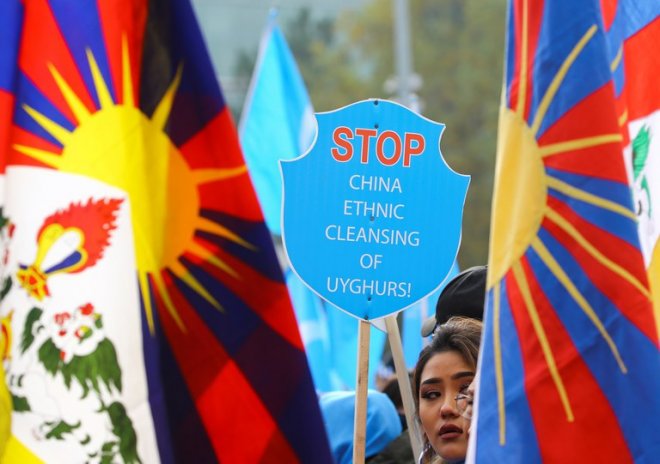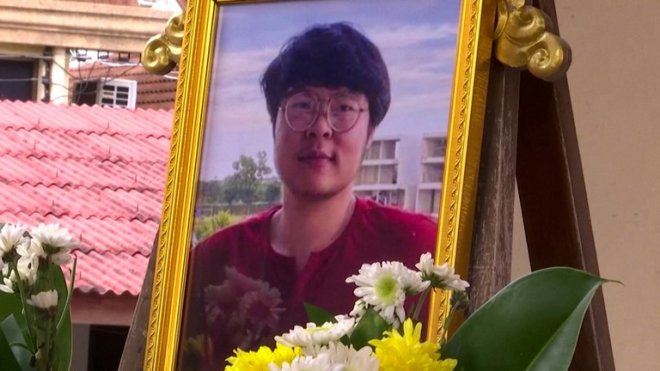Myanmar junta enlists ethnic militias in fight for Kachin state
Myanmar’s junta is beefing up its proxy forces in Kachin state, pitting ethnic minority fighters against one another to counter staunch resistance in the northern region, according to military experts.The use of ethnic fighters, in addition to other militias such as the Pyu Saw Htee, is the latest gambit by the junta to solidify power in Myanmar, where the military has become embroiled in a multifront conflict with armed groups following its February 2021 coup d’etat.
Fierce fighting between junta troops and a joint force of the Kachin Independence Army, or KIA, and People’s Defense Force, or PDF, paramilitary groups began moving in July towards the KIA’s headquarters in Lai Zar, a remote town in Kachin state on the border with China.
Since then, the junta has been attacking townships on the ground and from the air near Lai Zar and areas along the Myitkyina-Bhamo road, as part of a bid to gain control of the major Kachin cities of Hpakant, Bhamo and Myitkyina.
But the KIA and PDF – loosely organized units of civilians across the country who have taken up arms against the junta – have proved worthy adversaries.
Col. Naw Bu, a spokesman for the KIA, recently told RFA Burmese that more than 80 battles were fought the vicinity of Bhamo, Hpakant, Tanai, Shwegu, Momauk, Waingmaw and at the KIA"s Lai Zar headquarters between July 23 and Sept. 11, during which 51 junta soldiers were killed and 106 injured.
The number of casualties among anti-junta forces was not immediately available and the junta has provided little information on the fighting.
On Monday, Naw Bu said that amid the resistance, the junta has begun enlisting ethnic militias in Kachin and neighboring Shan state to reinforce its Bhamo-based troops in attacking the KIA in Lai Zar.
“These militias are sent to the front line after receiving only brief amounts of military training,” he said. “They would never arm those militias unless they were being used on the front line … So, we ethnic groups have to fight one another and they are happy to let ethnic troops die.”
Naw Bu said that the junta had been sending ethnic militias to fight around Lai Zar since Sept. 17.
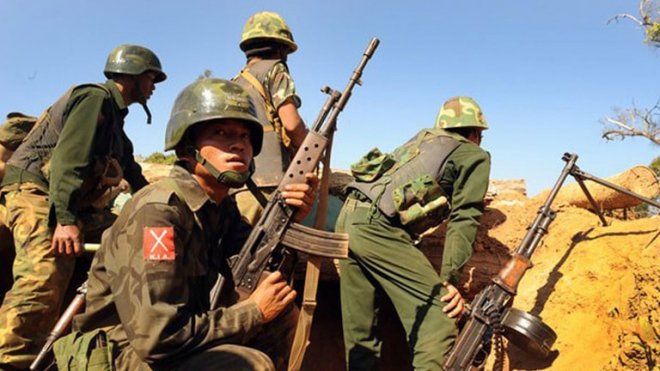 Kachin Independence Army troops, seen in this undated photo, have been fighting junta forces near the KIA’s headquarters in Lai Zar, a town in Kachin state on the border with China. Credit: KIA
Kachin Independence Army troops, seen in this undated photo, have been fighting junta forces near the KIA’s headquarters in Lai Zar, a town in Kachin state on the border with China. Credit: KIAAmong them are the Lisu militia, led by Shwe Min, and the Warazup militia, led by Min Zay Thant, he said. The two militias clashed with the KIA several times since last year, and the Warazup group claimed that its troops raided and destroyed a post manned by KIA Battalion 14 on Oct. 2.
Reports of the junta’s use of ethnic militias follow a Sept. 10 visit by junta chief Senior Gen. Min Aung Hlaing to northern Shan state, during which he met with several militia leaders and urged them to cooperate in military and security initiatives.
Reserve force for ‘dwindling’ military
Warazup leader Min Zay Thant told RFA that his militia, based in Hpakant township, has fought the KIA as a matter of “self-defense” against repeated attacks.
“If they attack us, we will respond as much as we can, in accordance with our plan for security of the area and the safety of our people,” he said. “If they don’t want these problems, the KIA shouldn’t attack us.”
Min Zay Thant said that the militia was “enforcing the security of Warazup village” and “not involved in junta troop offensives.”
Attempts to contact junta Deputy Information Minister Major Gen. Zaw Min Tun for comment on the military’s use of ethnic militias in Kachin state went unanswered Monday.
But Thein Tun Oo, executive director of the pro-military Thayninga Institute of Strategic Studies, made up of former generals, told RFA that the military has a long tradition of using militias to counter armed groups in Myanmar.
“Beginning with the communist insurgency that started after our [1948] independence, and later, when armed violence took place across the country, it was the militias that kept the regions stable,” he said. “This is the method that was used in the past, and now it is being used again. It’s nothing special.”
Other observers say the junta’s push to enlist ethnic militias in its fight against the KIA shows that its ground forces are increasingly stretched thin.
“[Militia groups] can be used as a kind of reserve force,” said political commentator Than Soe Naing. “When the military is dwindling, as it is these days, they are mobilized to join in the war.”
Translated by Htin Aung Kyaw. Edited by Joshua Lipes and Malcolm Foster.
[圖擷取自網路,如有疑問請私訊]
|
本篇 |
不想錯過? 請追蹤FB專頁! |
| 喜歡這篇嗎?快分享吧! |
相關文章
AsianNewsCast








